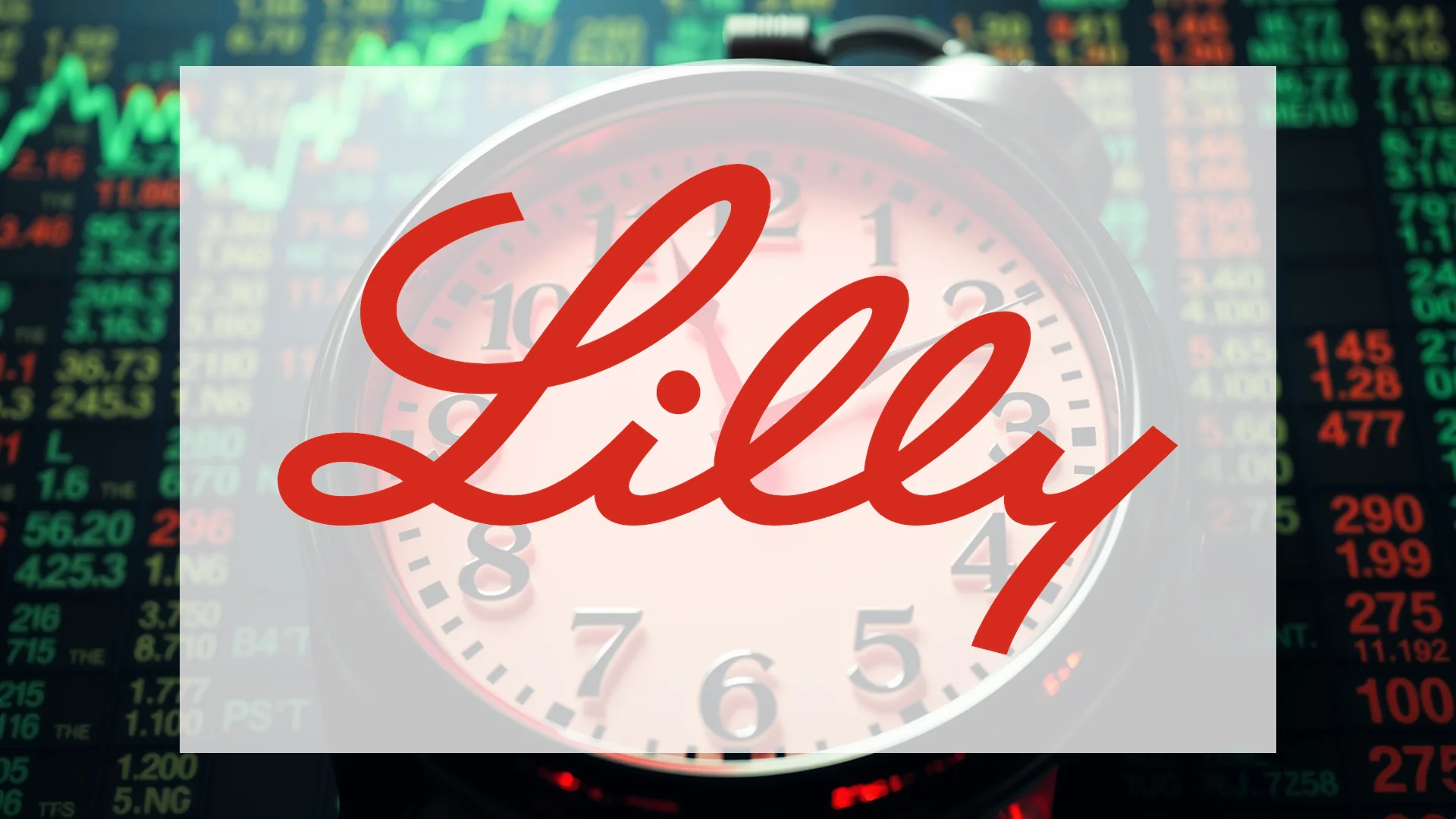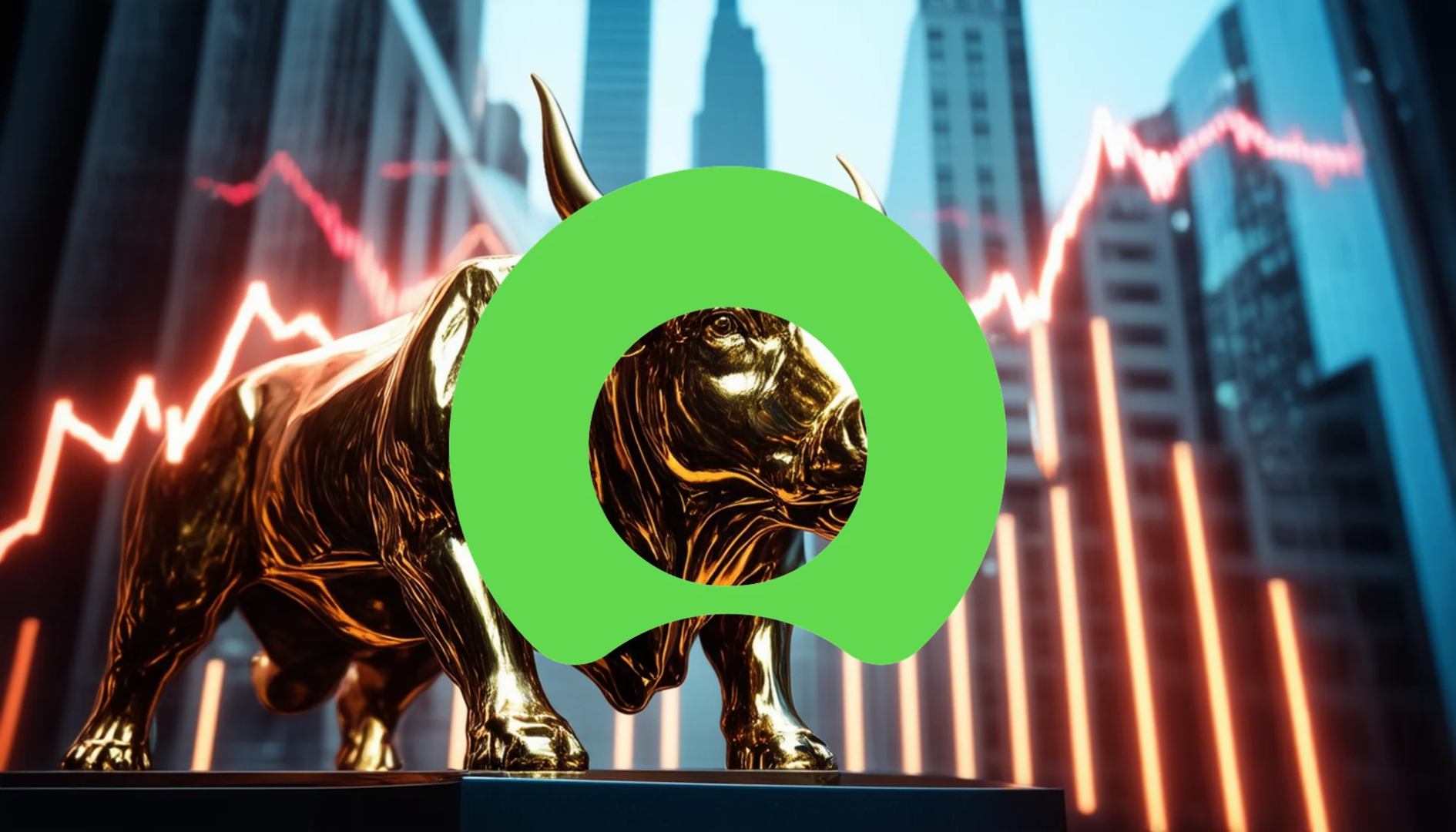Pharmaceutical titan Eli Lilly & Co. finds itself at the center of a Wall Street debate, presenting investors with a complex puzzle. Even as the company posts exceptional quarterly earnings and raises its full-year guidance, its shares are encountering significant headwinds. The situation has grown more pronounced with the recent launch of a specialized exchange-traded fund designed to profit from a decline in the stock’s value. This growing caution toward one of the sector’s top performers raises important questions for the market.
Soaring Fundamentals Contrast with Pipeline Setback
From a fundamental perspective, Eli Lilly’s performance appears robust. Following its strong second-quarter results, the company increased its annual revenue forecast by $1.5 billion, projecting total sales between $60 and $62 billion. Newly launched products—Omvoh, Ebglyss, Kisunla, and Jaypirca—collectively contributed over $540 million in revenue during just the first half of the year.
However, this financial strength is tempered by developments in its research pipeline. The company halted two Phase II trials for Naperiglipron, an oral obesity treatment candidate that had shown significant promise. Management attributed this decision to “strategic business reasons,” indicating a renewed focus on a third ongoing study for the same compound. Concurrently, Eli Lilly is advancing Orforglipron, another potential obesity drug, toward regulatory submission. This scenario highlights the inherent volatility in the pharmaceutical sector, where even companies with strong finances face investor nervousness over developmental setbacks.
The Emergence of Targeted Bearish Instruments
A particularly telling market development occurred on September 2nd with the introduction of the LLYZ ETF. This fund is structured to deliver twice the inverse of Eli Lilly’s daily stock performance. Such specialized financial instruments typically only come to market when sufficient demand exists from investors seeking to hedge positions or speculate against a specific company.
Should investors sell immediately? Or is it worth buying Eli Lilly?
The concerns driving this bearish sentiment are threefold:
* Valuation Anxiety: Critics point to a potentially overextended stock price following its substantial rally.
* Legal Scrutiny: The company faces legal challenges related to certain marketing practices.
* Regulatory Risk: Potential U.S. drug pricing reforms could pressure future profitability.
A Clash of Investor Sentiment
Market data reveals a striking divergence in investor behavior. While retail investors continue to accumulate shares, large institutional players have been reducing their exposure. This disconnect suggests fundamentally different interpretations of the stock’s risk-reward profile at current levels.
Balancing Act Between Growth and Uncertainty
Eli Lilly shares are now caught between demonstrably strong business performance and increasing market skepticism. This tension is reflected in mixed analyst responses; HSBC, for instance, recently upgraded its rating from “Reduce” to “Hold,” while technical indicators suggest a precarious near-term outlook. The central question for investors is whether the current price action represents a healthy consolidation after a significant upward trend or the initial phase of a correction for a stock that has become disconnected from its underlying value.
Ad
Eli Lilly Stock: Buy or Sell?! New Eli Lilly Analysis from December 5 delivers the answer:
The latest Eli Lilly figures speak for themselves: Urgent action needed for Eli Lilly investors. Is it worth buying or should you sell? Find out what to do now in the current free analysis from December 5.
Eli Lilly: Buy or sell? Read more here...










